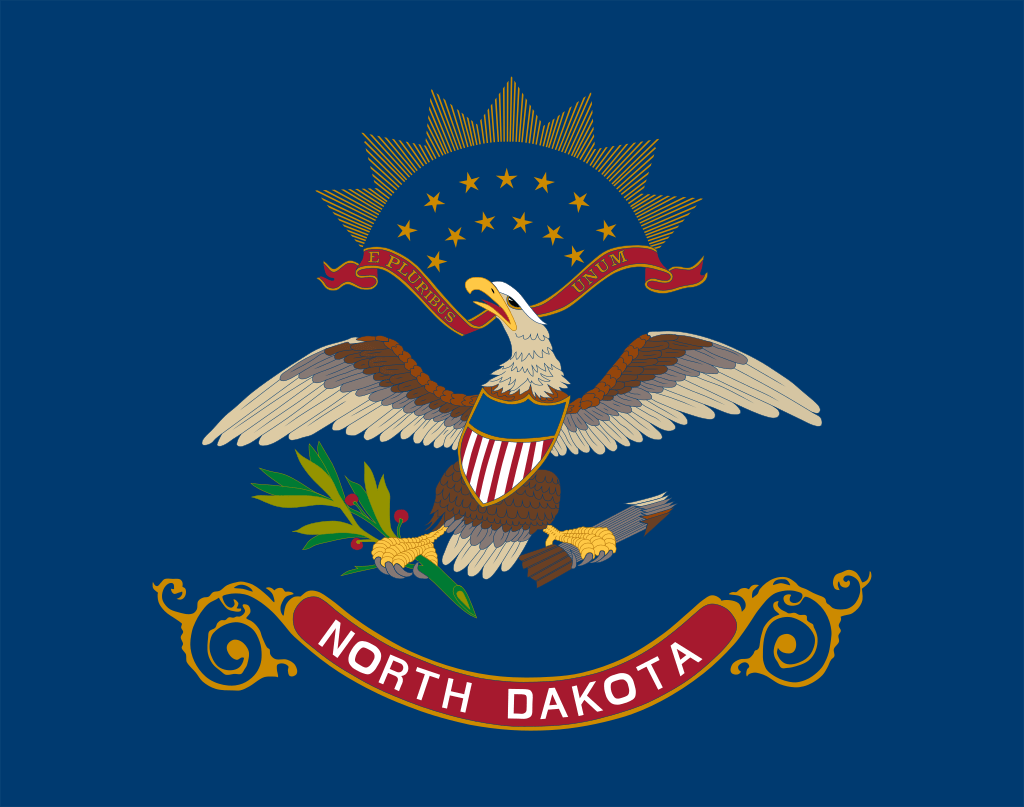North Dakota is so cool Lewis and Clark spent more time there than any place in their extensive exploration. Its rich with history and beauty.
Captain Meriwether Lewis, his friend Second Lt. William Clark, and members of their expedition spent 214 days in North Dakota (1804-1805). During their expedition, they encountered a grizzly (brown) bear. According to them, the grizzly bear was the biggest bear they’d ever encountered. Their expedition fired shots at it but the animal fled before they could find it.
“Dakota” is actually a corruption of a Sioux (Lakota) word, but with the same meaning. Dakota Territory was sparsely populated until late in the decade when the railroads were constructed through the region.
Sitting Bull (Tatonka-I-Yatanka), who was killed on December 15, 1890, was taken to Fort Yates after he died, and was placed in a coffin and buried there. In 1953, his tribe (Lakota) exhumed what they believed was Sitting Bull’s remains and moved them to his birthplace in Mobridge, South Dakota, where they also built a monument in his honor. Despite this, Sitting Bull’s original resting place in Fort Yates is still considered a historic site, where tourists can also visit.
In 1989, two more attempts to rename the state as Dakota were again rejected by the Legislature.
The public university, founded in the city of Fargo, North Dakota in 1890, has a program that is devoted to state sheep through extension, research, and education. The facility for sheep research is located near the junction I-29 and 19th Avenue North. There is also a barn on the university campus which was built during the 1940s.
Westhope (population: 426 as of 2014) is a city in in Bottineau County, North Dakota, 1,468 miles (2,363 kilometers) from Canada. Over 72,000 vehicles cross the border at this point every year.
First proposed in 1984, the museum finally opened in 1987 and has been presently funded by volunteers. The museum is open from May to Labor Day, 9 am to 5 pm from Monday to Saturday. Most of these artifacts and samplings of paleontological specimens were donated by Alice and Larry League who have been collecting them for over four decades.
Synthetic natural gas is a type of gas made from coal; it is also called coal gas or town gas. The Dakota Gasification Company, founded in 1984 in the city of Beulah, North Dakota, uses lignite coal to produce synthetic natural gas through the process of coat gasification.
The ubiquitous milk is the official state beverage for 20 states, including North Dakota. It was designated as North Dakota’s official state beverage in 1983.
North Dakota is the biggest producer of durum wheat, contributing 58% of its national production. It is also one of the major producers of barley, oats, and red spring wheat.
The city of Rutland, North Dakota is believed to be the “forefather” of all burger celebrations when its citizens mounted an event in an attempt to secure a place in the Guinness Book of World Records in 1982. They helped cook and serve what was then the World’s Largest Hamburger, weighing 3,591 pounds. 8,000 to 10,000 people were invited to sample the humongous burger.
The sculpture of the American bison (also called a buffalo) measures 26 feet (7.9 meters) tall and 46 feet (14 meters) long, and weighs 60 short tons. The sculpture is quite detailed and anatomically-correct. It is easily seen from I-94.
An unusual tradition exists around the huge buffalo monument where graduates of Jamestown’s local high school paint its “balls” in blue and white, the colors of the school. Of course, they have to be repainted each year.
The Devils Lake is located in the city in Ramsey County, North Dakota also named Devils Lake. At 3,810 square miles, it is the North Dakota’s biggest natural lake, and the second biggest lake overall in the state after Lake Sakakawea, a man-made lake.
Most of the sunflowers in the US are grown in North Dakota and South Dakota. North Dakota usually produces half of the annual sunflower production, followed by South Dakota which produces over a quarter. In 2012, North Dakota’s sunflower production was valued at $335.6 million, proving that it is definitely a blossoming cash crop for the state.
The Killdeer Mountain Roundup Rodeo in present-day Dunn County, North Dakota is the home of the oldest Professional Rodeo Cowboys Association (PRCA) rodeo. It began in 1922 as part of the Dunn County Fair and has been held in a natural arena in the Killdeer Mountains which is surrounded by automobiles.

